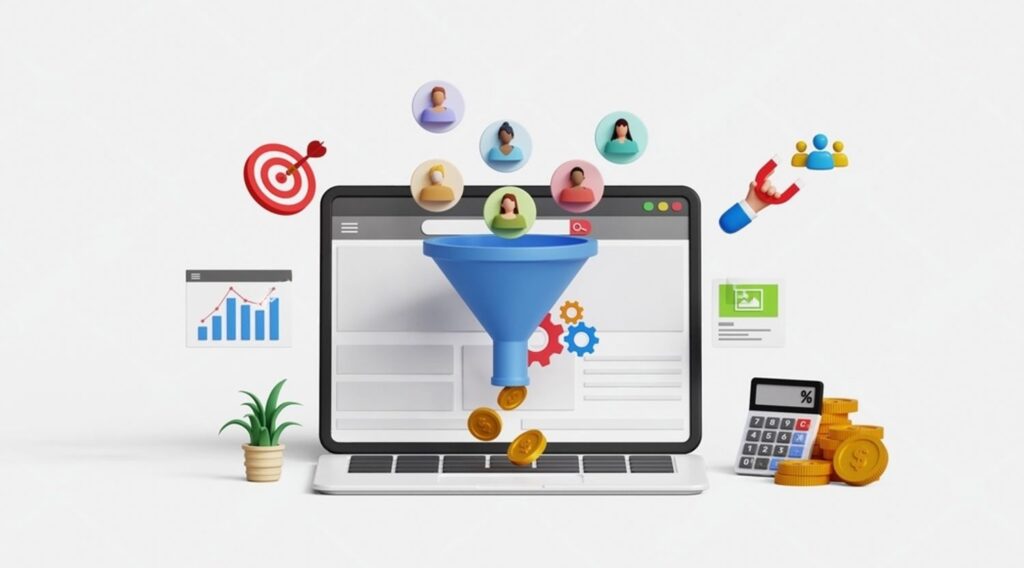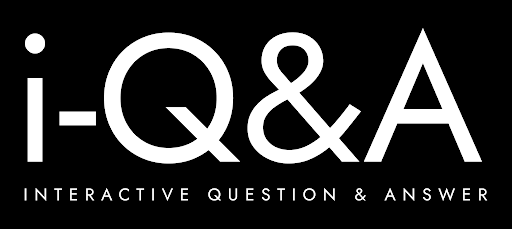
What separates a brand that grows steadily from one that struggles to close sales?
It’s not luck. It’s not about being everywhere at once. It’s about having a clear, well-executed B2B lead generation strategy—one that turns interest into intent and clicks into conversations.
This blog is for anyone serious about improving their lead quality, sales pipeline, and ROI in 2025. Whether you’re a marketing manager or a founder, you’ll find real, practical steps to attract the right business customers—without the fluff.
Understanding What B2B Lead Generation Really Means
B2B lead generation is the process of attracting and identifying business customers who are most likely to convert. It’s not a numbers game. It’s about finding the right people—typically decision-makers, managers, or influencers—at the right companies and guiding them towards a meaningful next step.
Compared to B2C, where a purchase might take minutes, B2B sales cycles are longer and involve more people. They’re also heavily driven by trust, proof of value, and long-term return on investment.
A solid B2B lead generation system helps:
- Build predictable sales pipelines
- Strengthen marketing and sales coordination
- Prioritise high-value prospects
- Save time by avoiding dead-end leads
MQLs vs SQLs: Speak the Same Language as Your Sales Team
Before launching a campaign, know what kind of lead you’re looking at:
- Marketing Qualified Leads (MQLs) are early-stage prospects. They’ve interacted with a blog, downloaded a resource, or attended a webinar. They’re interested, but not ready to buy.
- Sales Qualified Leads (SQLs) are closer to purchasing. They’ve asked for a demo, submitted a product query, or booked a call.
Your job? Move MQLs to SQLs with well-targeted content, intelligent follow-ups, and smart tools.
The Core B2B Lead Generation Strategies That Work in 2025
1. Create Content That Outperforms Your Competitors
If you want to win more leads, your content must be better than what’s already out there. This doesn’t just mean writing longer blogs. It means writing with purpose:
- Answer real customer questions
- Use data, insights, and case studies
- Make sure it’s SEO-optimised, not stuffed
Valuable content types include:
- Blogs and pillar pages
- Case studies that show outcomes
- Whitepapers packed with statistics and insights
2. Run A/B Tests Relentlessly
Your landing page might look good—but is it performing? Split test headlines, calls-to-action, form length, and images. Use real-time data to shape your decisions. A small tweak can mean a big difference in conversions.
3. Use Social Selling—Properly
Social selling isn’t shouting about your product on LinkedIn. It’s about building connections. Encourage your team to:
- Share insightful content
- Comment on relevant industry posts
- Start discussions that showcase expertise
LinkedIn is your best tool here, but don’t ignore X (formerly Twitter), especially for B2B tech, or Facebook for certain industries.
4. Tap Into the Power of Buyer Reviews
Real testimonials build real trust. Ask satisfied clients to leave reviews on platforms your prospects use—G2, Capterra, Trustpilot. Use snippets in email campaigns, landing pages, and sales decks.
5. Use Case Studies to Prove Your Point
Everyone says they’re good. Case studies show that you are. Structure them around:
- The problem the client faced
- What your product or service did
- The measurable result
And most importantly: use industry-specific examples that match your ideal customer profile.
6. Don’t Let Leads Slip Away on Your Landing Pages
Good traffic means nothing if it bounces. Your landing page should:
- Load fast
- Work on mobile
- Include one clear call-to-action
- Ask only for the essentials (name, email, company)
Add a chatbot or live chat tool to catch visitors before they leave.
7. Personalise for Each Persona
Generic won’t cut it. Use tools like Clearbit or HubSpot to personalise:
- Website headlines
- Email subject lines
- Content recommendations
Tailor the experience for your audience’s industry, role, and stage in the funnel.
8. Try Interactive Lead Magnets
People like to do something. Use tools such as quizzes, ROI calculators, or assessments. Not only do they engage users, they also give you valuable data in return.
Techniques for Higher-Quality Leads
Identify Anonymous Visitors
Not everyone fills in a form. Tools like Leadfeeder and Dealfront track IPs and match them with companies—letting you see who’s interested, even if they stayed silent.
Run Targeted Surveys
Want to know what your ideal client needs? Ask them. Surveys help you:
- Understand pain points
- Qualify respondents
- Create more relevant content
Follow up personally with respondents who match your criteria.
Set Up a Referral Programme
Your existing clients can help you find your next ones. A small incentive—gift card, discount, priority support—can go a long way.
Use Personalised Video
Instead of plain emails, send a 30-second video introduction using tools like Vidyard or Loom. Mention the recipient’s name, company, and a key issue they face. It’s human, and it gets attention.
The Role of Events, Ads, and Outreach
Run Webinars and Host Events
Live sessions let you:
- Build authority
- Capture emails
- Engage in real-time
Use them to show product features, answer questions, or share insights.
Combine Email and Direct Mail
Email is still effective—especially when part of a sequence. Send:
- Helpful blog links
- Webinar invites
- Product announcements
Want to stand out? Pair email with direct mail—like a printed case study or a handwritten note.
Invest in Paid Advertising (But Don’t Set and Forget)
Google Ads, LinkedIn Ads, and Facebook Lead Ads offer precise targeting. Use A/B tests, keep your cost-per-lead in check, and refresh creative regularly.
Why Sales and Marketing Must Align
Marketing can’t pass every name it collects to sales. That leads to wasted calls and low morale. Instead, introduce:
- Lead scoring based on engagement
- Shared dashboards and feedback loops
- Agreed definitions of MQLs and SQLs
Sales should focus only on leads that show real intent.
Clean Data: The Unsung Hero of Lead Gen
Good campaigns fail if the data is wrong. Use tools like Cognism or ZoomInfo to:
- Enrich your records
- Update out-of-date contact info
- Segment by role, industry, or buying behaviour
Your CRM should be the single source of truth. Maintain it well.
What’s Changing in 2025?
New trends worth paying attention to include:
- AI-driven email sequences and chat: Faster replies, better follow-up.
- Real-time behavioural triggers: Act when someone visits your pricing page.
- Account-Based Marketing (ABM): Build campaigns for specific companies.
- Compliance-first tools: GDPR is serious. Platforms like Dealfront help stay on track.
Which Metrics Actually Matter?
Track your results through:
- Conversion rate (visitor to lead)
- Lead velocity rate (how fast leads move down the funnel)
- Cost per lead
- Customer acquisition cost
- Channel-specific ROI
Always review. Always refine.
Final Word
B2B lead generation in 2025 is not about doing more. It’s about doing better. That means creating smart content, knowing your audience, testing regularly, and aligning your sales and marketing teams. When each tactic works in harmony, you stop chasing leads—and start attracting the right ones.
Ready to take the guesswork out of growth? Head to i-qa.net to learn how our smart lead generation solutions can help you identify, engage, and convert high-value prospects—consistently.
